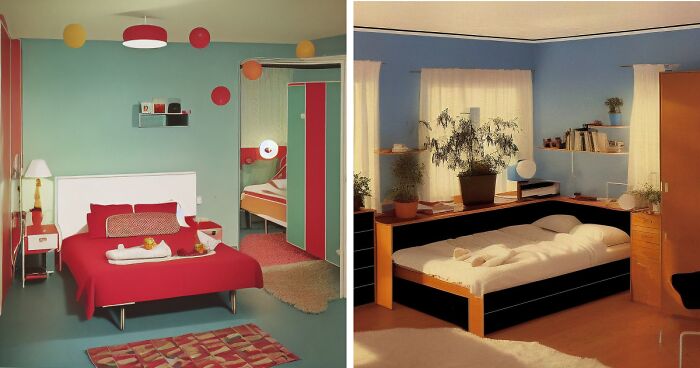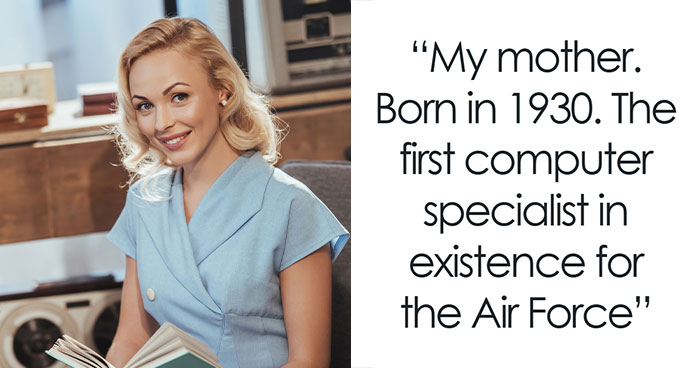In just a few short months, generative AI platforms have taken the world by storm, leading a technological and design revolution that promises new ways of creating.
In a new project, IKEA’s research and design lab SPACE10 worked with video journalist Joss Fong and designer Áron Filkey to imagine a new speculative line of IKEA furniture through the use of AI, drawing on the style of past IKEA catalogs. By teaching a text-to-image model of what IKEA furniture looked like in the 1970s and 1980s, the project allows for a unique collaboration with designers from the past to imagine new, vintage-inspired items for the future.
How:
Fong and Filkey created two image datasets: one containing IKEA catalog photos from the 1970s, and one containing IKEA catalog photos from the 1980s. Using DreamBooth, they “fine-tuned” the open-source Stable Diffusion image-generation model. The result was two new models that each learned a keyword representing the respective datasets.
The project shows how keywords can be used creatively in the prompts given to AI to generate new furniture designs and home interiors influenced by vintage IKEA catalogs.
‘With custom models, such as the ones we have made using IKEA catalogs, you create a generative environment that was personally curated from the start. This means you won’t create something similar to other people using AI. We’ll always need human expertise to decide what to build, but AI can help designers brainstorm many more initial directions than they would otherwise.’
— Joss Fong, Video Journalist
The interface for Stable Diffusion also allows users to upload an initial image, like a simple sketch of a sofa, that the custom models can complete. More abstract attributes like colors, forms, and objects seen in vintage photos are also captured using the fine-tuning process.
‘At this stage, these image generation models contain no understanding of the requirements that it takes to build; from identifying materials to manufacturing methods, or even basic physics. The human eye is required to select and curate the countless sketches surfaced by the machine. AI creates a more robust offering in concept development, but craft and expertise are needed to identify the most viable products.’
— Georgina McDonald, Creative & Partnerships, SPACE10
The furniture designs can be seen in the newly released short film, Creativity in the Age of AI, created for SPACE10 by Joss Fong and Áron Filkey, using AI models. The video travels back through history to understand how the adoption and adaptation of tech innovations have improved everyday life. It also explores AI’s growing role in the creative process, and what the history of creative tools can teach us about the future.
Visual by Joss Fong and Áron Filkey
IKEA’s research and design lab shares a portfolio of AI-generated furniture inspired by designs from the 1970s and 1980s IKEA catalogs
In this future, designers become the curators of AI-generated ideas, drawing on their own expertise and understanding of materials and manufacturing to make these concepts a reality
They can mix multiple models representing different datasets, and apply prompting techniques and input images to peek at the different paths that their creative expression could take
AI Kitchen Generation: The project shows how artists, designers, and illustrators can train custom models on their own work, and use AI to collaborate with multiverses of themselves
AI-Generated Bookshelf
Creativity in the Age of AI – traveling back through history to understand how the adoption and adaptation of tech innovations have improved everyday life
957views
Share on Facebook
 Dark Mode
Dark Mode 

 No fees, cancel anytime
No fees, cancel anytime 


















































7
0